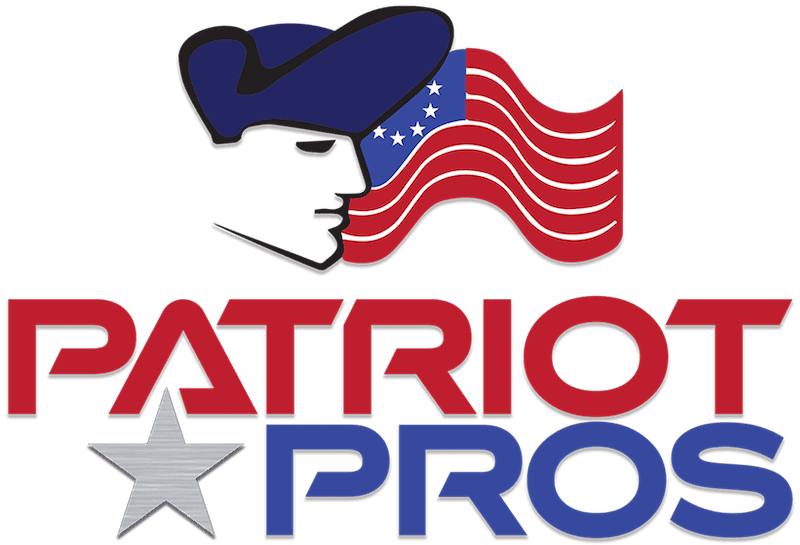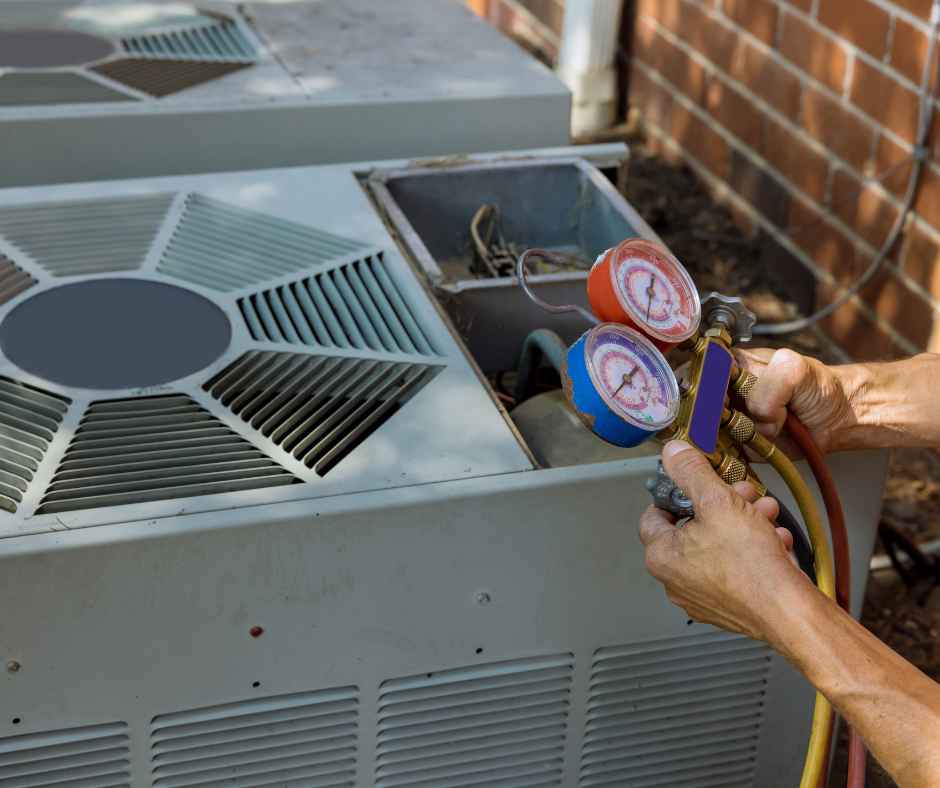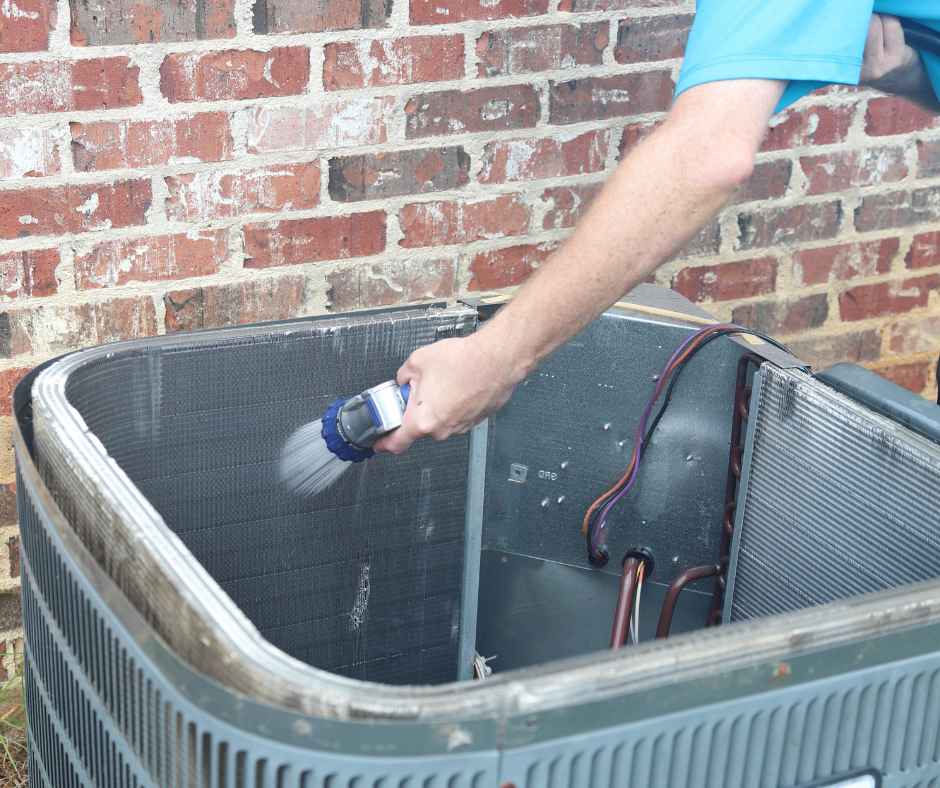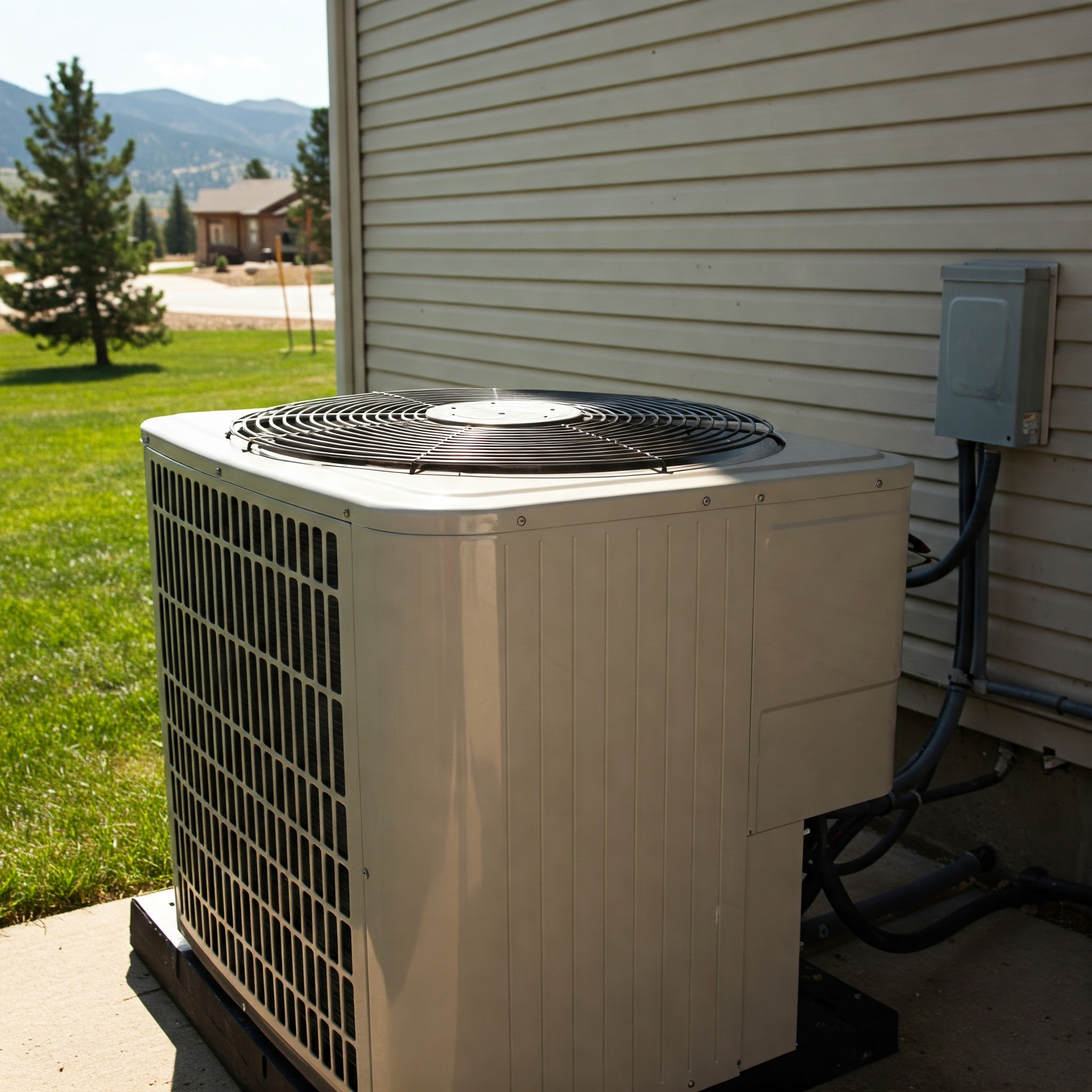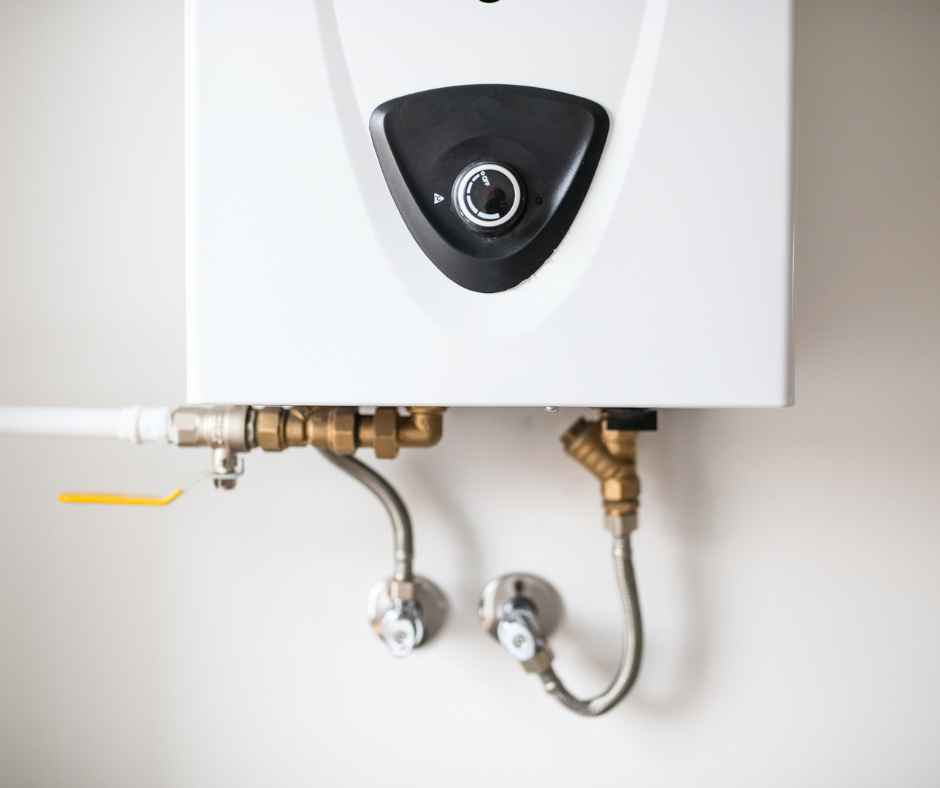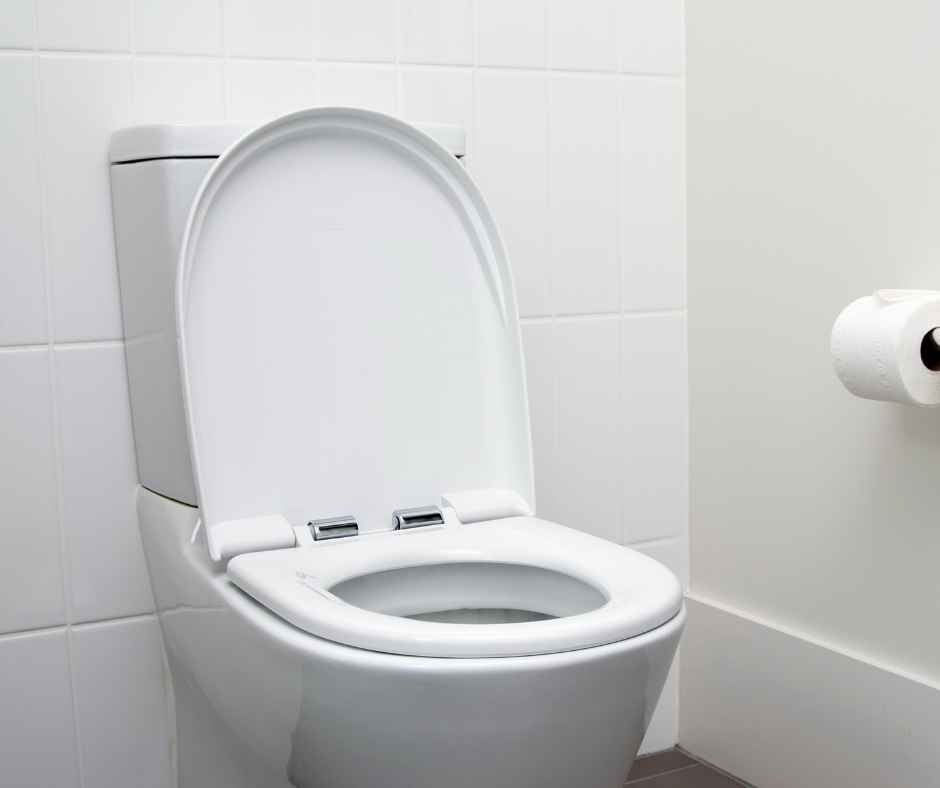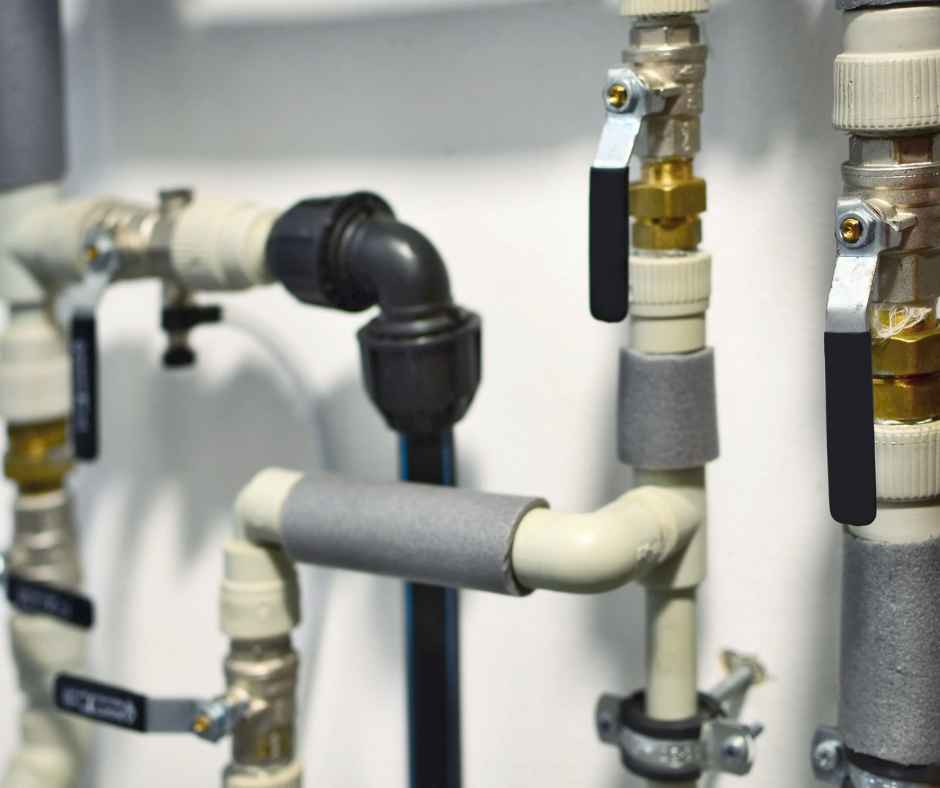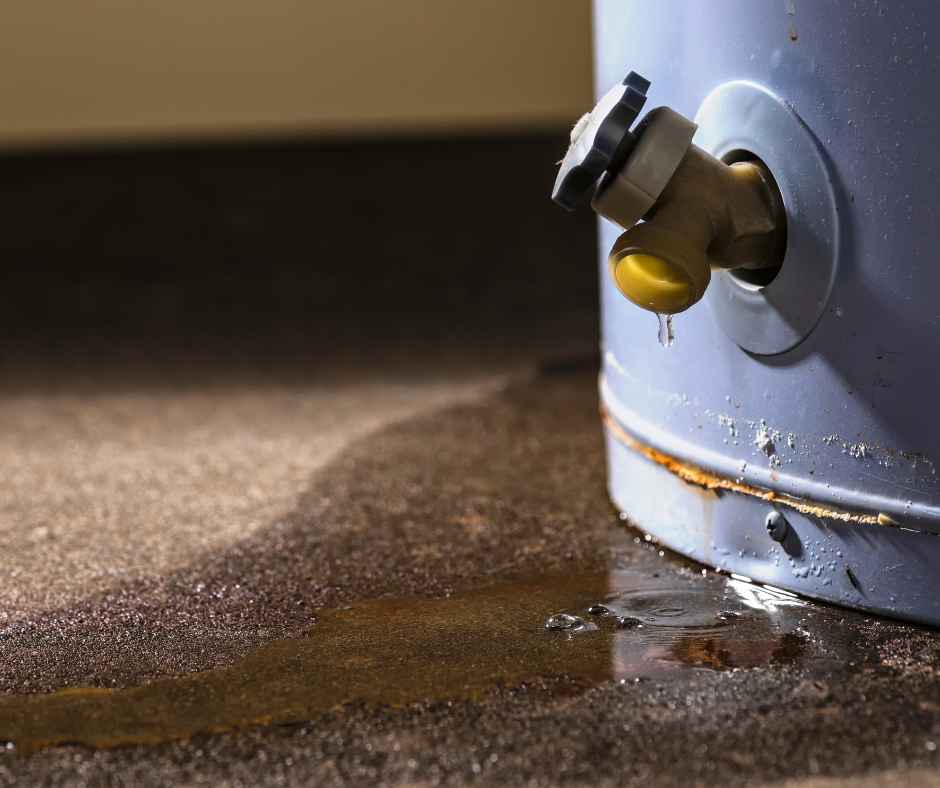Serving Douglas County & The Surrounding Areas
What is hydro jetting, how and when to do it?
Clogged drains are one of the most common issues you’ll face as a homeowner. While there are many ways to unclog your drains, hydro jetting quickly become the go-to method for clearing out even the most stubborn clogs. But what exactly is hydro jetting, and why should you consider it? Let’s take a look.
Have you ever heard of hydro jetting? If you’re a homeowner, chances are you haven’t. But if you’ve ever encountered a clogged drain, you must know what hydro jetting is and how it can help.
If you own a house, you know the importance of running your plumbing system smoothly. But what do you do if something gets stuck in your pipes and traditional methods like plunging and snaking don’t work?
Enter hydro jetting – an effective way of clearing out stubborn blockages.
Drain cleaning has been around for centuries, but until recently, the only way to clean a clogged pipe was to use a plunger or a snake. However, hydro jetting is a new technology that uses high-pressure water jets to remove grease, sludge, and other debris from clogged pipes.
Hydro jetting is most often used to clean commercial or industrial wastewater systems, but it can also be used to clean residential plumbing systems.
What is Hydro Jetting?
Hydro jetting is a process by which water pressure is used to clear out debris from your pipes. The water pressure can reach up to 4000 psi, enough to clear even the toughest clogs. To use hydro jetting, a hose with a specialized nozzle is inserted into the affected pipe.
When the nozzle reaches the clog, high-pressure jets of water blast away any accumulated debris in its path—cleaning out your pipe in one go! It works by sending pressurized water through your plumbing system, which breaks up any debris or blockages that may be present.
In addition to clearing out clogs, hydro jetting also cleans away built-up grime and residue in your plumbing system, leaving it clean and free from obstructions. Plus, it’s not just good at getting rid of the debris clogging up your pipes – it can also help clean out corrosion, mineral deposits, and other buildups inside your pipes. This helps prevent future problems with your plumbing system.
How Does It Work?
Most hydro jetters consist of a hose, nozzle, and an engine or pump that generates water pressure. The nozzle has several small openings, creating the pressurized water stream necessary to break up clogs. The hose connects to the nozzle and a water source at one end.
To start hydro jetting, turn on the engine or pump to generate water pressure, then slowly feed the hose into your drain or pipe until it reaches the clog or obstruction. Once it’s got its destination, increase the pressure until it breaks up any blockages in its path.
The process works by sending highly pressurized jets of water through the nozzle into the blocked pipe or sewer line. The powerful jets break down any debris blocking the line while simultaneously flushing it away with the water flow.
This method can be used on residential and commercial properties and is especially helpful when dealing with tree roots that have grown into old clay or concrete sewer lines since these can be difficult to remove with regular snaking techniques alone.
Benefits of Hydro Jetting
The most significant benefit of hydro jetting is that it clears out all types of blockages—even those caused by roots or grease buildup. It also helps clear away any sludge or scale that may have built up in your pipes over time.
And because the pressure of the water used in hydro jetting can reach up to 4000 psi, it removes any blockages quickly and effectively—which means less downtime for your plumbing system overall! Finally, because hydro jetting uses only water, no toxic chemicals are involved, so it’s safer for your pipes and better for the environment!
When Should You Use Hydro Jetting?
Hydro jetting should be used whenever you encounter a stubborn clog that won’t budge with other methods (like plungers or drain snakes). In addition, it’s beneficial if you’re dealing with large amounts of debris or buildup in your pipes—as this type of buildup can be difficult to remove without using high-pressure water jets.
Additionally, hydro jetting is often the best option when dealing with tree root growth in your sewer lines, as it can easily break through tree roots and remove them from your pipes. Keep in mind, however, that if done incorrectly—especially with too much pressure—hydro jetting can damage delicate piping materials such as PVC plastic or copper piping, so always consult a professional before attempting this method yourself!
Hydro jetting is an excellent tool for removing hard-to-remove debris, but that doesn’t mean it should be used every time there’s a clog in the pipes. It should only be used when all other methods have failed or if there’s too much buildup in the lines for those other methods to handle effectively. Before calling a professional for hydro jetting services, try using a plunger or snake first. If that doesn’t work, then hydro jetting might be necessary.
Conclusion
Hydro jetting can effectively remove tough blockages from your plumbing system. Still, it isn’t always necessary – after all, why pay money for something you can do yourself?
However, if you have tried all other options and couldn’t unclog your drain or sewer line, then hydro jetting may be just what you need!
A professional plumber should be able to assess whether hydro jetting is needed to clear out any stubborn debris blocking your pipes – so make sure to call one today if you haven’t had any luck getting rid of those clogs yourself!
Hydro jetting is quickly becoming one of the most popular methods for clearing out tough clogs in home plumbing systems. By using high-powered jets of water to break up debris and residue inside pipes and drains, hydro jetters can ensure that everything flows freely again without causing any damage to fragile piping materials along the way.
That said, always reach out to a professional plumber before attempting this procedure yourself—hydro jetting isn’t something you want to try without proper guidance!
